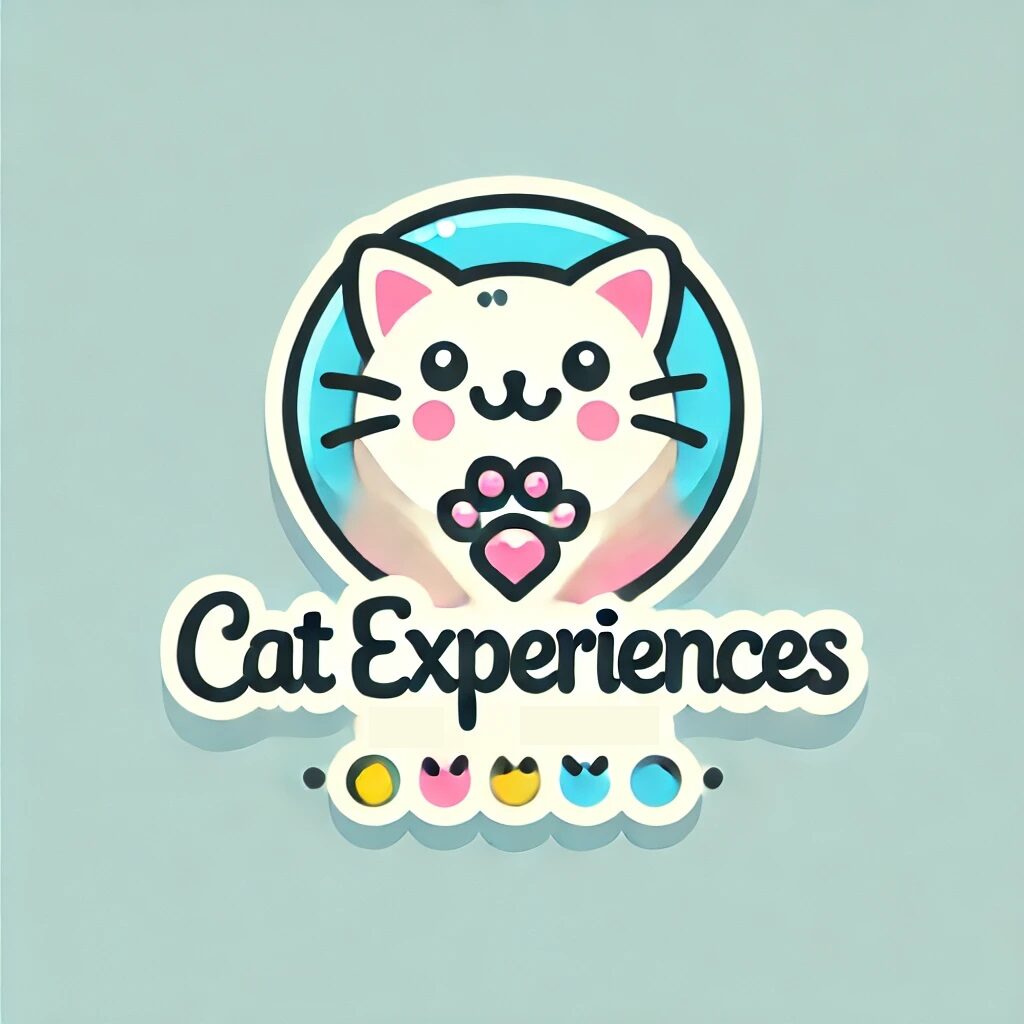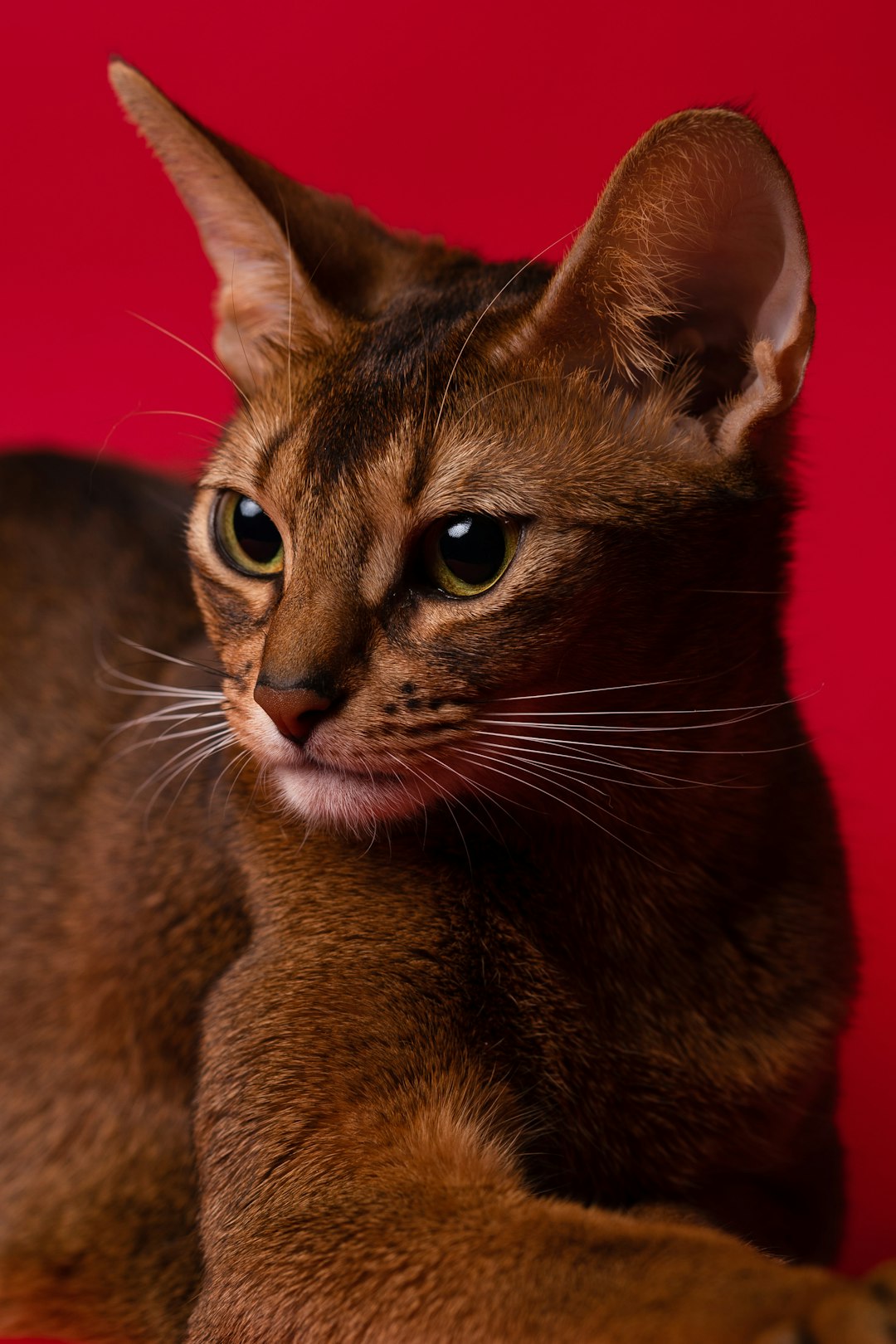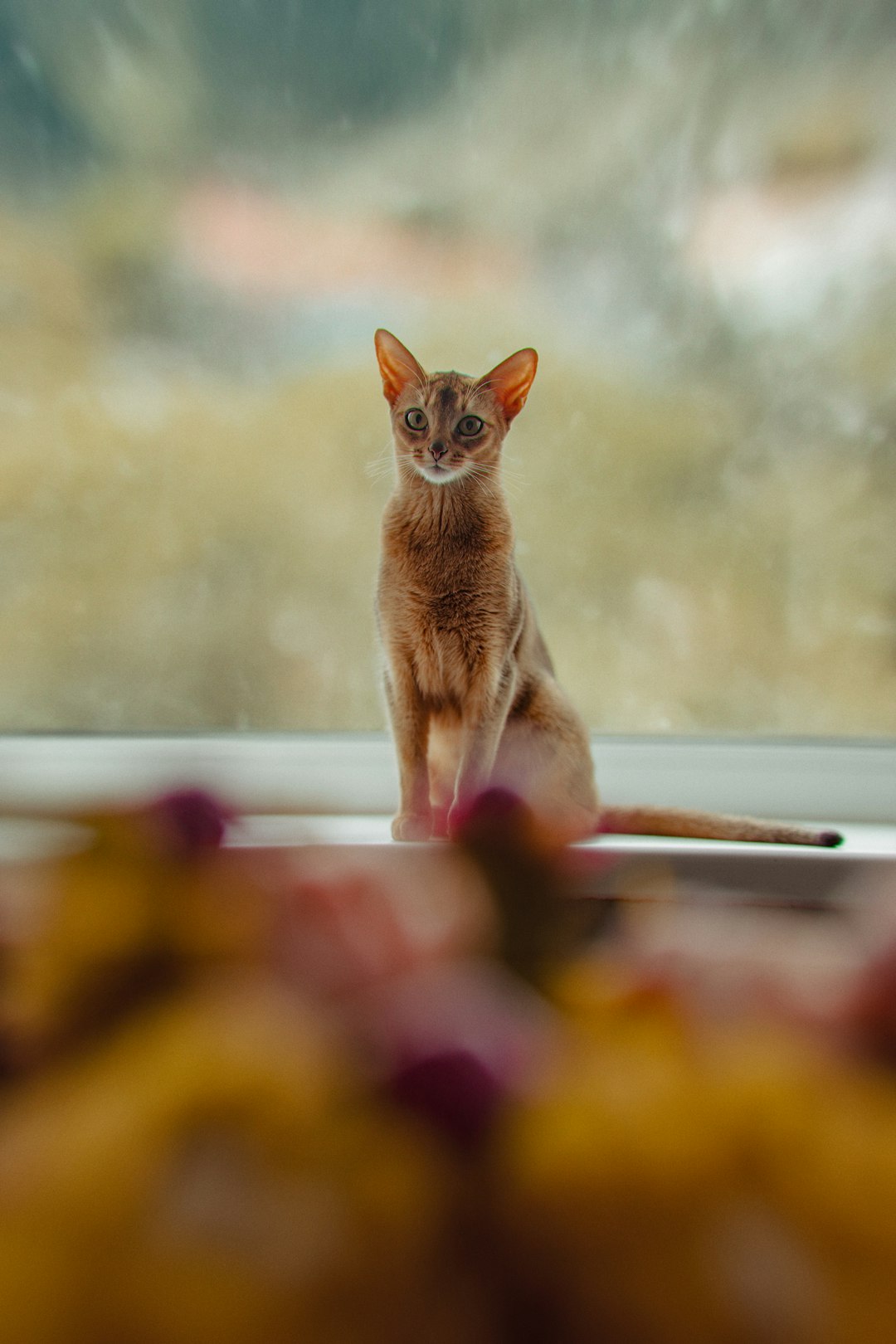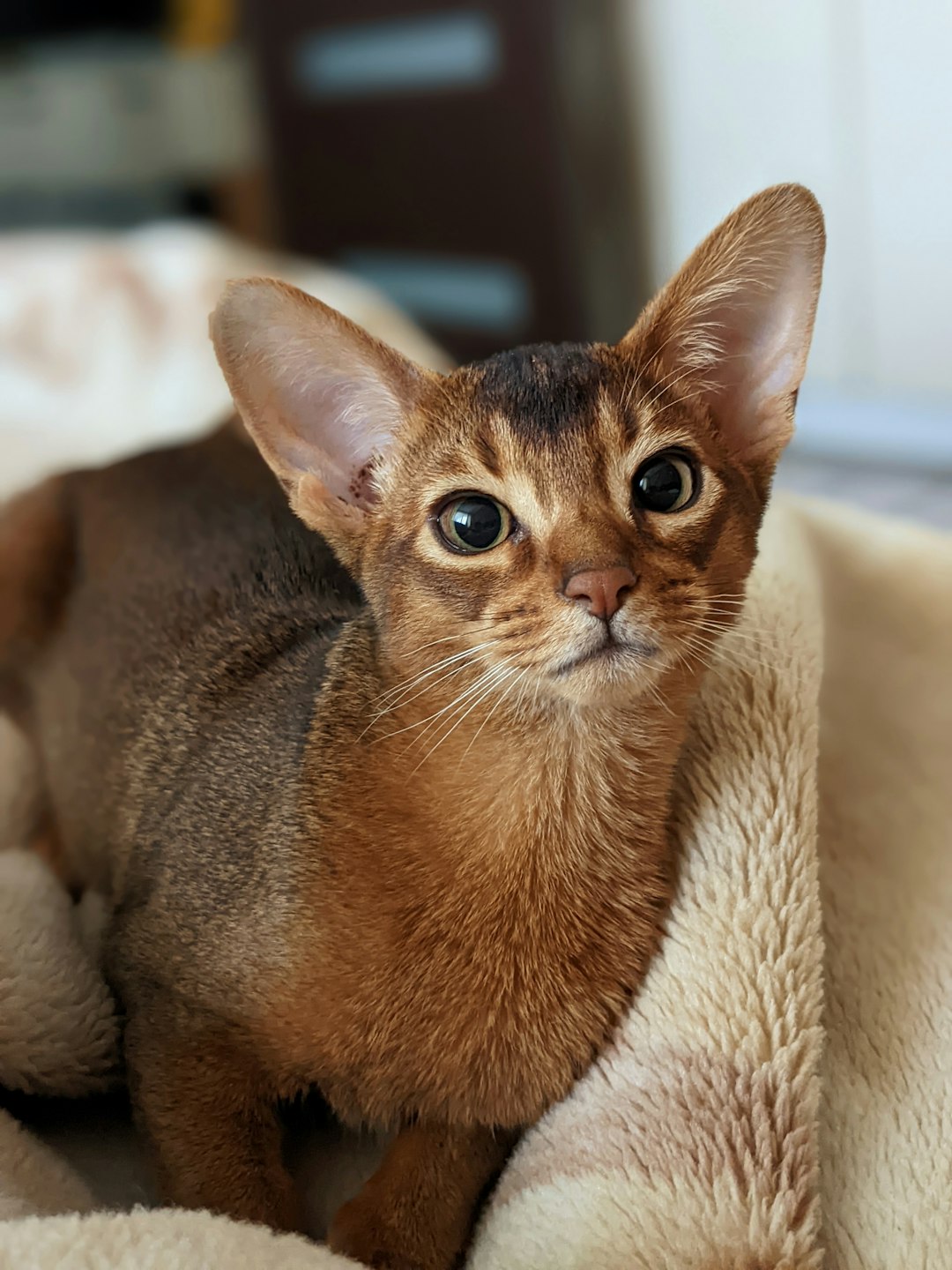Flat face cats have captured the hearts of many with their unique appearance and charming personalities. These breeds, including the Persian and the Exotic Shorthair, showcase distinctive traits that set them apart from other feline companions. However, their adorable flat faces also come with specific health considerations that prospective owners must be aware of. Understanding the common health issues associated with flat face cats is crucial to ensuring their long-term well-being. By providing proper care and making informed choices, you can enjoy a joyful and healthy relationship with these beloved pets.
Overview of Flat Face Cat Breeds
Flat face cats, often referred to as brachycephalic breeds, have captivating facial features that many find appealing. These breeds possess a distinctive appearance characterized by a broad skull and short muzzle. Here’s an overview of the most popular flat face cat varieties:
- Persian: Known for their luxurious fur and gentle demeanor, Persians require regular grooming but make affectionate companions.
- Exotic Shorthair: Resembling the Persian but with a short coat, Exotic Shorthairs are playful and adaptable, perfect for families.
- British Shorthair: With their dense fur and round faces, British Shorthairs are known for their calm nature and easygoing disposition.
- Scottish Fold: Famous for their unique folded ears, these cats are social and love being part of family activities.
- Sphynx: Though hairless, the Sphynx has a distinct flat face and is known for its affectionate and mischievous personality.
Each breed presents unique characteristics and charm. However, it is essential for potential owners to consider the specific care requirements and health implications associated with flat face cats.
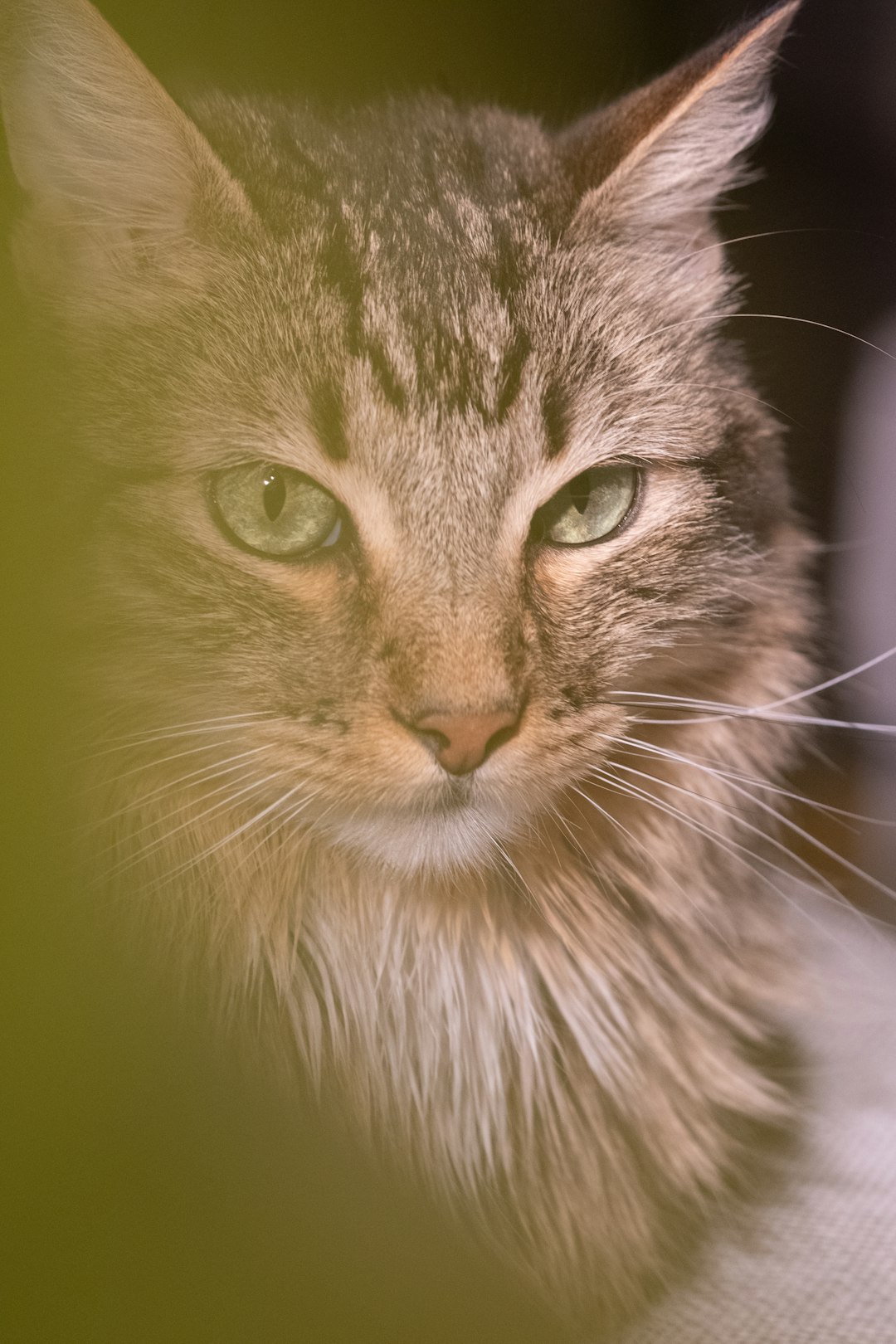
Characteristics of Popular Flat Face Cat Breeds
Flat face cats, known for their distinctively short muzzles and charming expressions, exhibit a variety of characteristics that make them unique companions. Here’s a closer look at the traits of popular flat face cat breeds:
- Persian Cats
- Coat: Long, luxurious fur that requires regular grooming
- Personality: Calm and affectionate, with a laid-back demeanor
- Exotic Shorthair Cats
- Coat: Plush and dense short fur, low maintenance
- Personality: Playful yet gentle; a perfect family pet
- Himalayan Cats
- Coat: Soft, medium-length fur with striking color points
- Personality: Social and friendly, often forming strong bonds with their owners
Common Traits of Flat Face Cats:
- Facial Structure: Their flat faces can lead to unique expressions that many find endearing.
- Eyes: Large and expressive, enhancing their adorable look.
- Body: Generally robust and stocky, offering a sturdy frame.
Owning a flat face cat requires understanding and appreciation of their distinctive needs. By recognizing these characteristics, you can better cater to their lifestyle and enhance your companionship with these delightful pets.
Health Issues Commonly Associated with Flat Face Cats
Flat face cats, such as Persians, Himalayans, and British Shorthairs, are undeniably charming. However, their distinctive physical features can lead to specific health concerns. It’s essential for owners to be aware of these issues to ensure their pets remain healthy and happy. Here are some common health problems associated with flat face cats:
Brachycephalic Obstructive Airway Syndrome (BOAS): Due to their short noses, flat face cats often face breathing difficulties. Symptoms may include:
- Snoring
- Wheezing
- Excessive panting
Dental Issues: The compact facial structure can result in misaligned teeth. Regular dental check-ups help prevent:
- Gum disease
- Tooth decay
Eye Problems: Their prominent eyes are prone to conditions such as:
- Tear duct obstruction
- Corneal ulcers
Skin Conditions: Flat face cats may develop skin fold infections, particularly in breeds with deep facial wrinkles. Regular cleaning can help avert these issues.
By understanding and addressing these health risks, owners of flat face cats can provide a better quality of life for their beloved pets. Regular veterinary visits and a proactive approach to their care are key!
Care Tips for Flat Face Cats
Caring for flat face cats requires special attention due to their unique anatomical features. Here are some essential tips to ensure their well-being:
Maintain Optimal Environment:
- Temperature Control: Keep your home cool, as these cats can struggle with heat.
- Ventilation: Ensure good air circulation to prevent respiratory issues.
Regular Grooming:
- Brushing: Brush your flat face cat at least twice a week to reduce shedding and avoid matting.
- Ear Cleaning: Check their ears regularly for wax buildup and clean gently.
Dental Care:
- Toothbrushing: Brush their teeth regularly to prevent dental issues, which are common in flat face cats.
- Dental Treats: Offer vet-approved dental treats to promote oral health.
Play and Exercise:
- Interactive Toys: Engage your cat with soft toys and puzzles to stimulate their mind.
- Short Play Sessions: Keep playtime short but frequent to avoid exhaustion.
By following these care tips, you can help your flat face cats lead happy and healthy lives while minimizing potential health risks. Regularly observing their behavior will also help you catch any issues early.
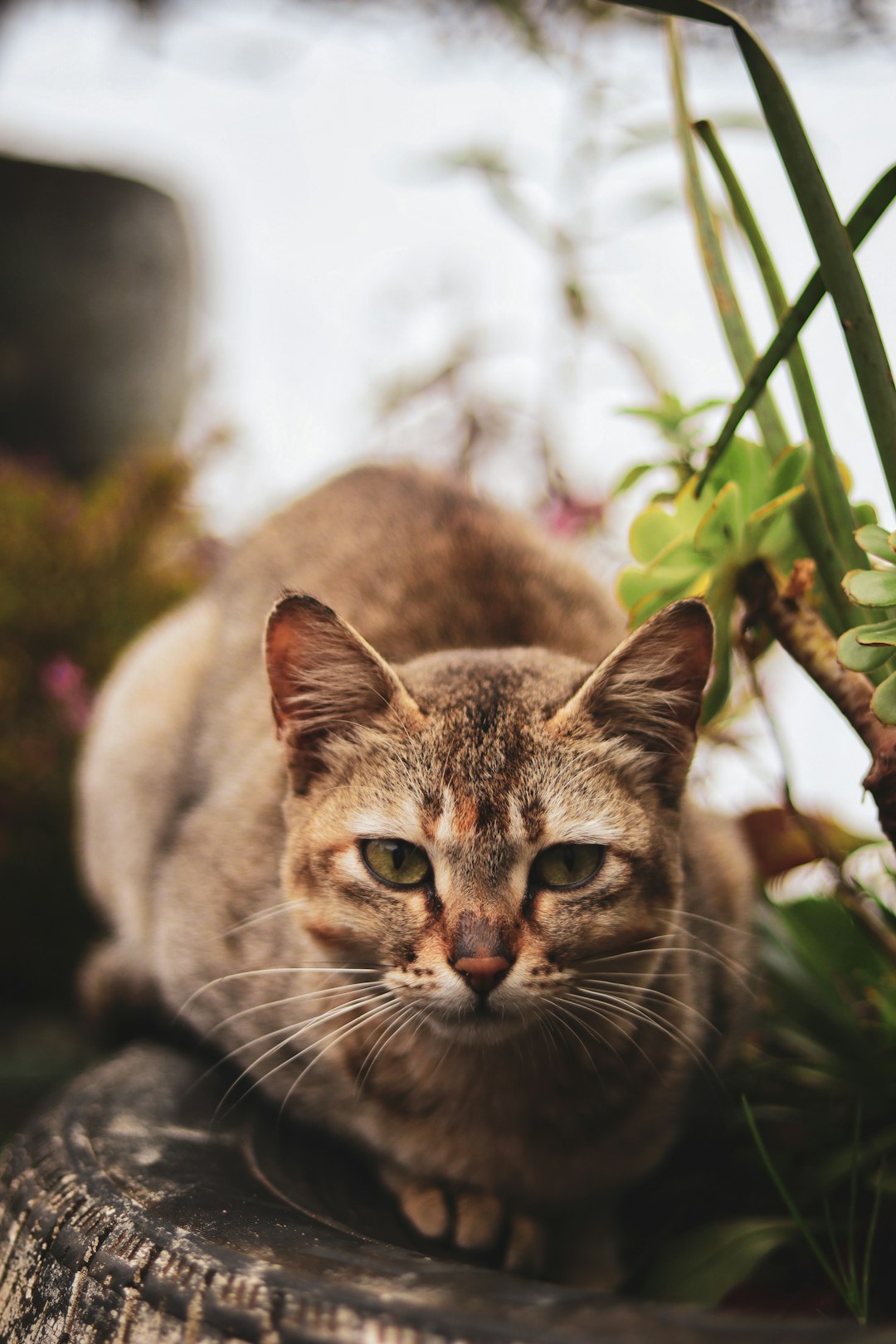
Importance of Regular Veterinary Checkups
Regular veterinary checkups are crucial for the health and well-being of flat face cats. These unique breeds, known for their charming appearance, often face health challenges due to their physical structure. Here’s why routine visits matter:
- Early Detection: Regular examinations help identify potential health issues, such as respiratory problems and dental concerns, early on.
- Tailored Care: Veterinarians can provide specific recommendations based on your flat face cat’s age, breed, and health history.
- Vaccination Updates: Keeping up with vaccinations protects your cat from various diseases and ensures their immunity stays strong.
Health Risks:
| Health Concern | Common Symptoms |
|---|---|
| Respiratory Issues | Sneezing, coughing |
| Dental Problems | Bad breath, difficulty eating |
| Eye Conditions | Excessive tearing, redness |
In conclusion, scheduling regular veterinary checkups enhances the overall quality of life for flat face cats. By prioritizing their health needs, you ensure a longer, healthier, and happier companionship.
Diet and Nutrition for Flat Face Cats
Proper nutrition is essential for maintaining the health and vitality of flat face cats. Their unique facial structure influences their dietary needs. Here are important considerations to keep in mind:
- Quality Protein Sources: Choose high-quality cat food that lists meat as the primary ingredient. This supports muscle development and overall health.
- Moisture Content: Flat face cats may have difficulty drinking water due to their facial structure. Opt for wet food to ensure they stay hydrated.
- Portion Control: Monitor portion sizes to prevent obesity, which is common in flat face cats. Follow feeding guidelines based on their age, weight, and activity level.
- Specialized Diets: Consider veterinary-recommended diets to address any health concerns, such as dental issues or respiratory challenges.
Sample Diet Comparison Table
| Food Type | Wet Food | Dry Food |
|---|---|---|
| Hydration | High | Low |
| Dental Health | Moderate | High |
| Caloric Intake | Moderate | High |
By providing balanced nutrition tailored to their needs, you can help your flat face cats thrive and lead healthy lives.
Bathtime and Grooming Needs
Maintaining the appearance and hygiene of flat face cats requires specific grooming practices. Their unique facial structure often leads to specific grooming needs.
Grooming Essentials:
- Brushing: Use a soft-bristled brush 1-2 times a week to reduce shedding and prevent matting.
- Bathing: While flat face cats do not need frequent baths, if they get particularly dirty, opt for a gentle cat shampoo.
- Ear Cleaning: Regularly check and gently clean the ears to avoid wax buildup.
- Nail Trimming: Trim their nails every few weeks to prevent overgrowth and discomfort.
Bathtime Tips:
- Prepare beforehand: Have all supplies ready to minimize stress.
- Use lukewarm water: Ensure the water is comfortable to avoid shocking your pet.
- Gentle technique: Utilize a calm tone, and support their body to make the experience smoother.
By prioritizing grooming and bathtime, you can ensure your flat face cat remains healthy, clean, and comfortable.
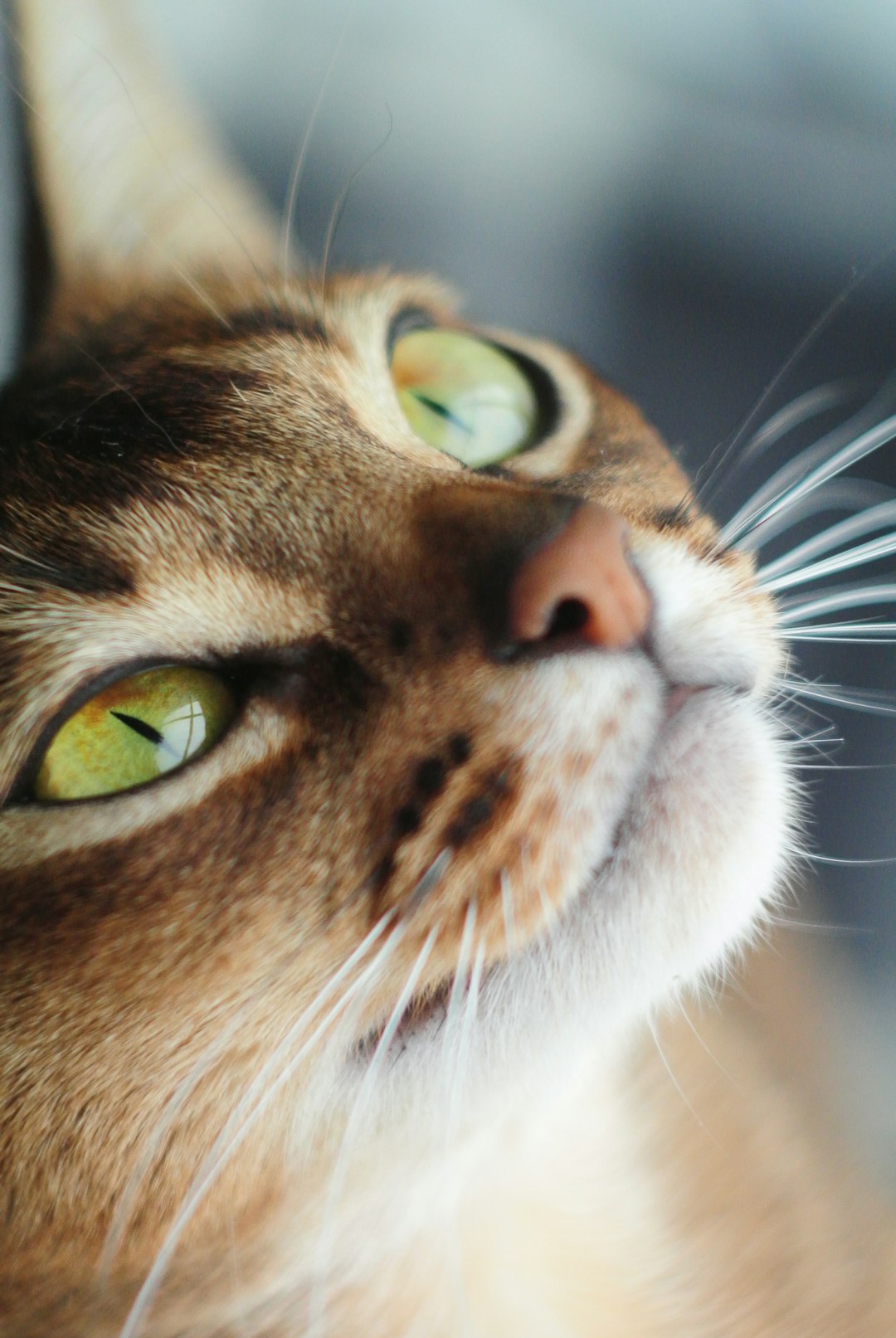
Finding a Reputable Breeder or Rescue Organization
When adopting or purchasing flat face cats, it’s crucial to choose a responsible breeder or a reputable rescue organization. Here are some tips to guide your search:
Research Breeders: Look for breeders who specialize in flat face cats, such as Persians or Bulldogs. They should have a registered cattery with reputable feline organizations.
Ask Questions: Inquire about the breeder’s health testing practices, socialization efforts, and the living conditions of their cats. A good breeder prioritizes the health and well-being of their animals.
Visit the Facility: If possible, visit the breeder’s location. Ensure that it’s clean, organized, and that the cats receive proper care.
Check Reviews and References: Look for testimonials or reviews from past buyers. Recommendations from vet clinics or local cat organizations can also be beneficial.
Rescue Organizations: If considering adoption, contact local animal shelters or breed-specific rescues. They often evaluate the cats’ health and provide the necessary care before placing them in new homes.
By doing thorough research, you can find healthy, well-cared-for flat face cats that will bring joy to your life!
Frequently Asked Questions
What are flat face cats and which breeds are considered flat face?
Flat face cats, also known as brachycephalic cats, have distinctively short and flattened facial structures. This unique feature is a result of selective breeding over generations. The most popular flat face cat breeds include the Persian, Exotic Shorthair, Scottish Fold, and British Shorthair. These breeds not only have charming expressions but also varying coat types, colors, and personalities, making them beloved among cat enthusiasts.
What health issues are associated with flat face cat breeds?
Flat face cats are susceptible to a range of health issues primarily due to their brachycephalic features. Common health concerns include respiratory problems, as their shortened airways can lead to difficulty breathing, especially in hot or stressful environments. Additionally, dental issues are prevalent due to their impacted teeth, and eye problems like chronic tearing can occur due to their prominent eyes. It’s crucial for owners to be vigilant about these potential health problems and schedule regular veterinary check-ups.
How can I care for a flat face cat to ensure their health and well-being?
Caring for a flat face cat requires specific attention to their unique needs. It’s essential to provide a comfortable living environment that avoids excessive heat and stress since these factors can exacerbate breathing difficulties. Regular cleaning of their facial folds is important to prevent skin infections and irritations. Additionally, feed them a balanced diet tailored to their breed to maintain a healthy weight, and ensure they receive routine veterinary check-ups to monitor respiratory, dental, and overall health.
Are flat face cats suitable for families or first-time cat owners?
Flat face cats can be great companions for families and first-time cat owners, however, it’s vital to consider their temperament and health needs. Breeds like the Exotic Shorthair and Persian are known for their affectionate and gentle nature, making them well-suited for homes with children. However, prospective owners should be prepared for the additional responsibilities that come with managing potential health issues specific to these breeds, as well as providing a nurturing and attentive environment.
